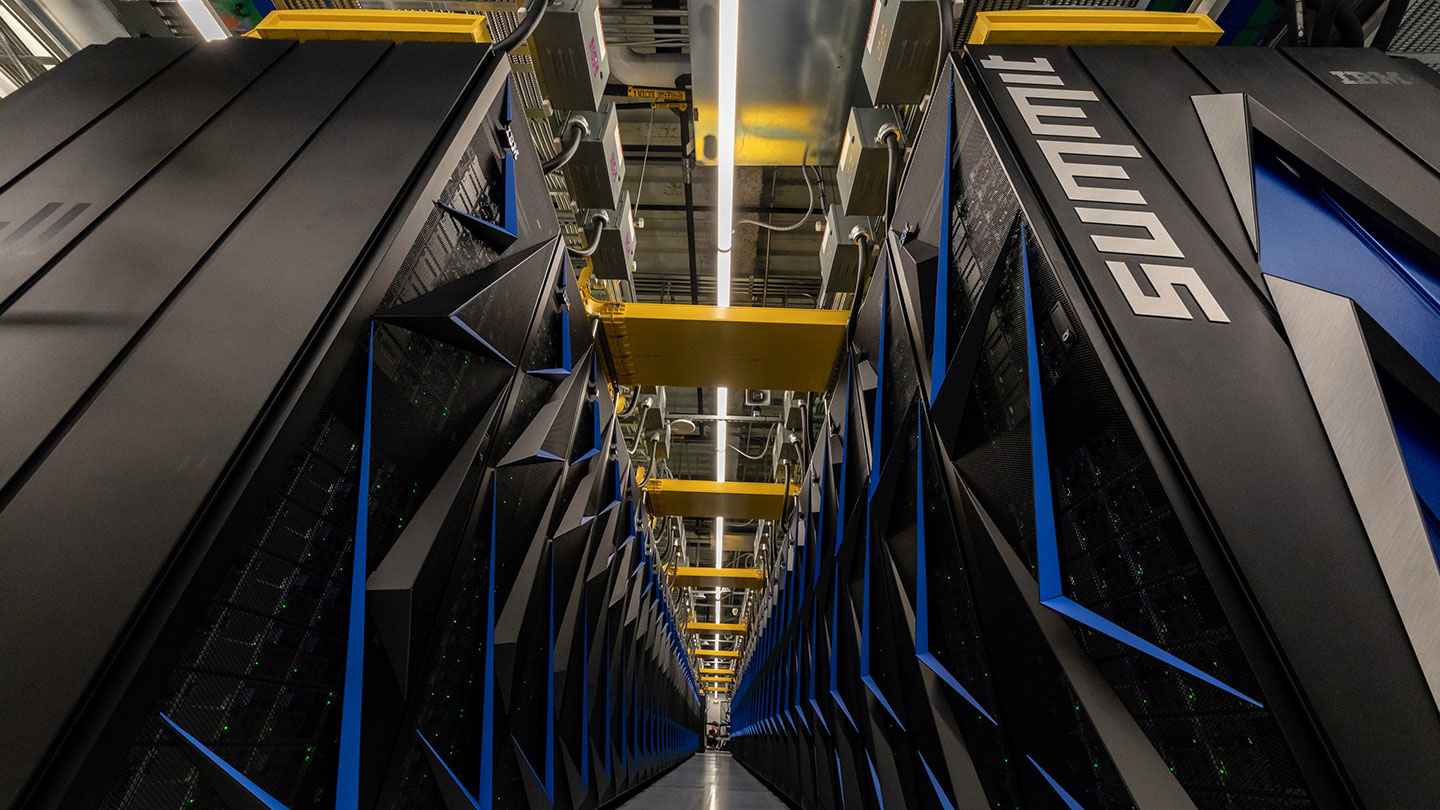Nvidia helps US regain supercomputing crown for the first time since 2012
Back on top.

For the first time in six years, the US is home to the fastest supercomputer in the world, as officially recognized by the Top500 project that ranks and details the 500 most powerful computer systems on the planet.
The distinction belongs to Summit, an IBM-built supercomputer running at the Department of Energy's Oak Ridge National Laboratory (ORNL). We wrote about this a couple of weeks ago, but what's new is the official ranking.
"Scientists around the world have been working to develop supercomputers for years, but scientists at Oak Ridge National Laboratory just built the fastest one: ‘Summit,’” Sen. Lamar Alexander said. “According to the TOP500 list, the Department of Energy’s Oak Ridge National Laboratory today houses the most powerful and smartest supercomputer in the world, which is further proof that the area’s scientific brainpower, energy research, and technological capabilities are some of the best in the world. I’m proud of this area and what we have been able to accomplish."
There's plenty of bragging rights to go around because of the numerous partners involved in creating Summit. The supercomputer consists of 4,608 compute servers, each containing a pair of 22-core IBM Power9 processors and six Nvidia Tesla V100 GPU accelerators based on Volta.
Nvidia is especially excited about the achievement, noting that not only is it playing a crucial role in powering the fastest supercomputer in the world, its GPUs are found in several other top ranking systems. They include the following:
- No. 3: Sierra, based at the Lawrence Livermore National Laboratory, delivers 71 petaflops of performance using 17,280 GPUs.
- No. 5: ABCI, Japan’s fastest system, delivers 19.6 petaflops of performance using 4,352 GPUs.
- No. 6: Piz Daint, Europe’s fastest system, delivers 19.5 petaflops of performance using 5,320 GPUs.
- No. 7: Titan, operated by the US Energy Department, delivers 17.6 petaflops of performance using 18,688 GPUs.
Nvidia says these systems collectively represent a broader shift to GPU accelerators. To Nvidia's point, its GPUs power five of the world's seven fastest systems, along with 17 of the 20 most energy efficiency systems on the latest Green500 list.
Nvidia notes that Summit is also capable of up to 3 exaops of deep learning operations, though the Top500 doesn't track such data (yet). The company also took what some might view as a veiled shot at Intel, saying that Moore's Law is dead.
Keep up to date with the most important stories and the best deals, as picked by the PC Gamer team.
"The new TOP500 list clearly shows that GPUs are the path forward for supercomputing in an era when Moore’s Law has ended," said Ian Buck, vice president and general manager of accelerated computing at Nvidia. "With the invention of our Volta Tensor Core GPU, we can now combine simulation with the power of AI to advance science, find cures for disease, and develop new forms of energy. These new AI supercomputers will redefine the future of computing."
Top500's rankings are based on High Performance Linpack (HPL) scores. Summit scored 122.3 petaflops on HPL, putting a fair amount of distance between it and the 93 petaflops achieved by China's Sunway TaihuLight, now the world's second fastest supercomputer.
Paul has been playing PC games and raking his knuckles on computer hardware since the Commodore 64. He does not have any tattoos, but thinks it would be cool to get one that reads LOAD"*",8,1. In his off time, he rides motorcycles and wrestles alligators (only one of those is true).


